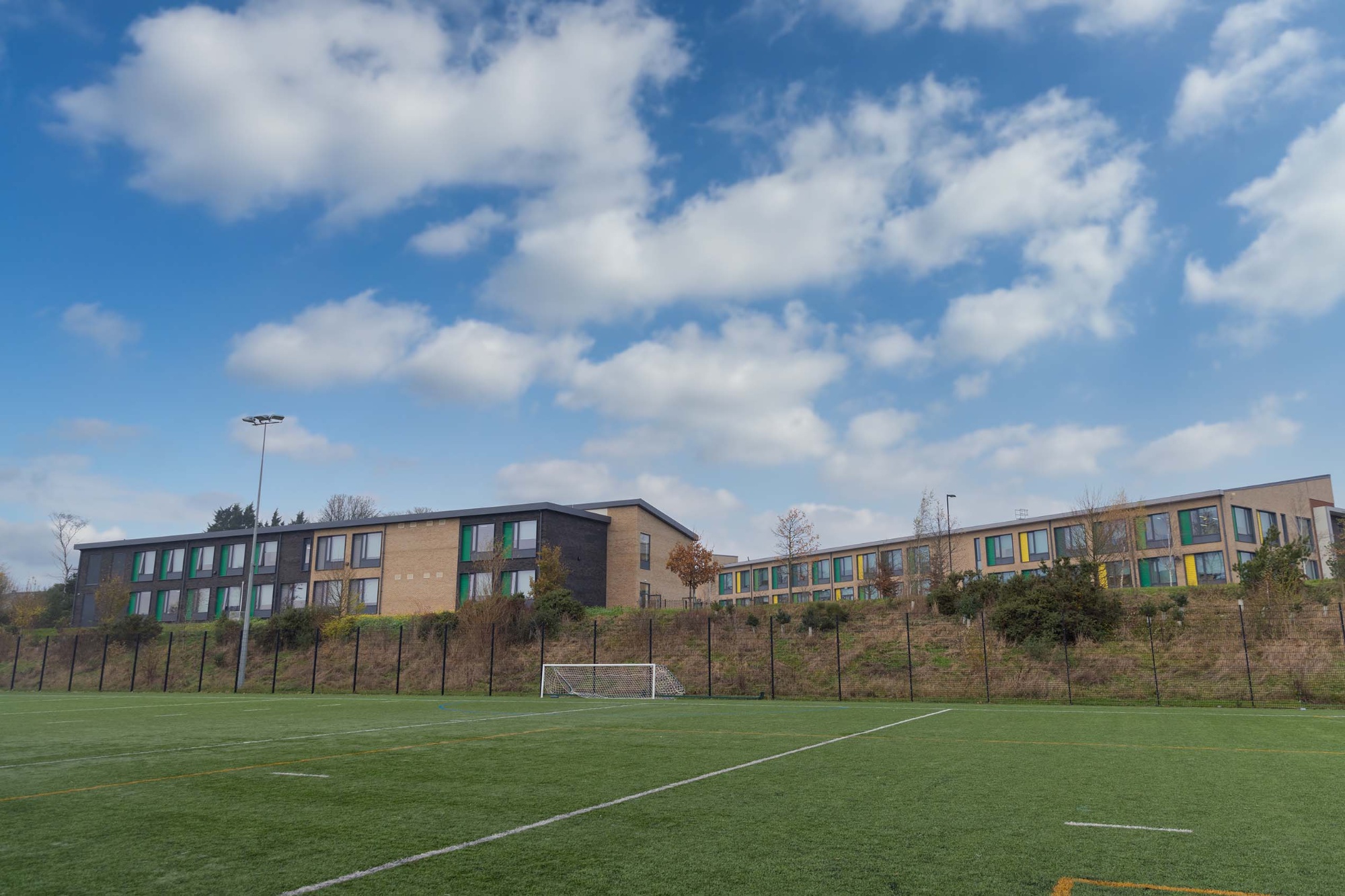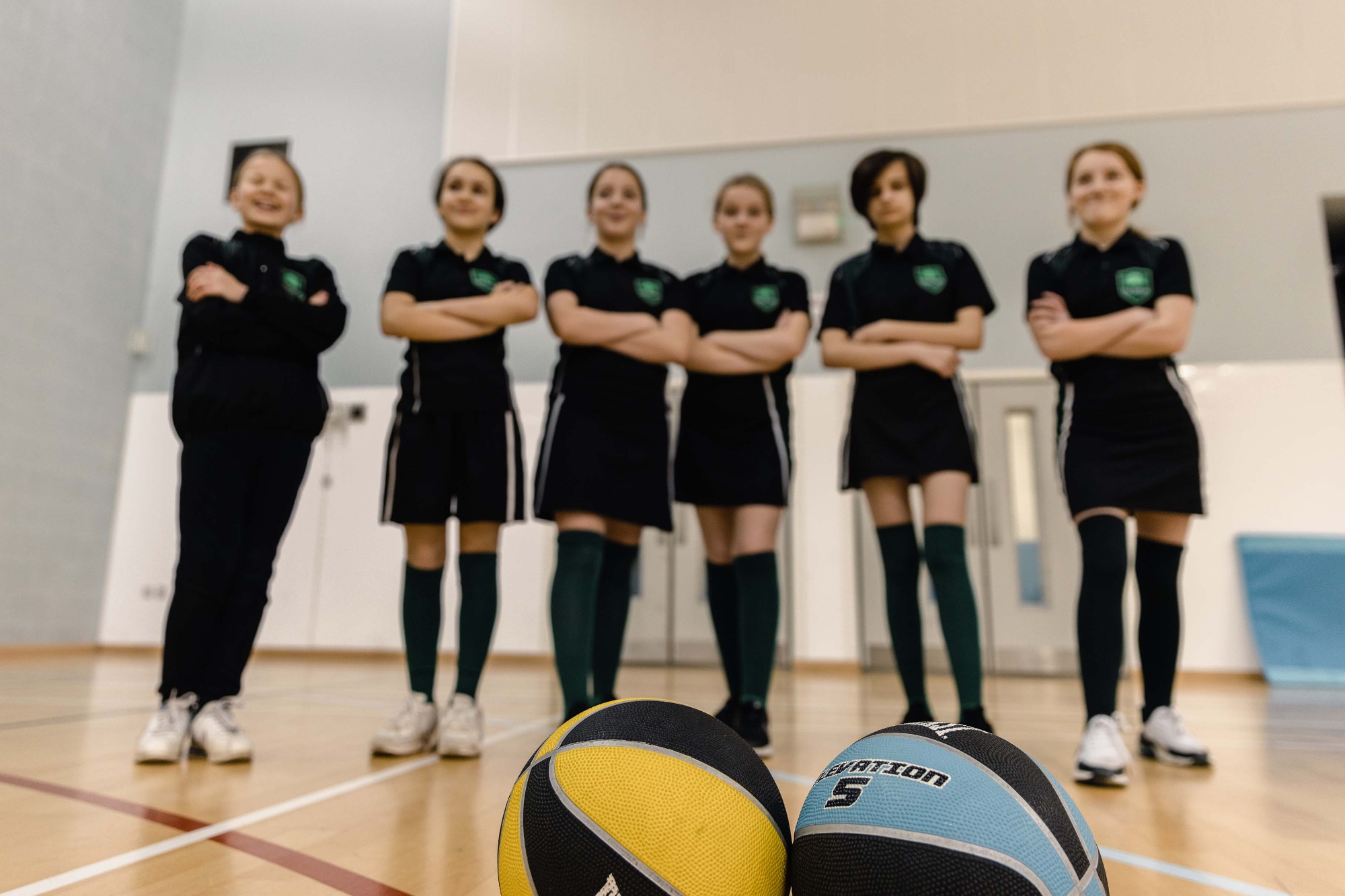.
A Guide to Microsoft Teams
Microsoft Teams is used by teachers to communicate with pupils, share resources and set assignments. Every pupil has been given access to their class groups where they will see the work or messages from their class teacher. The guide below details how to download Microsoft Teams and how to access the class groups your child is in.
Parents Guide to Blended Learning
As a school we are committed to a blended learning approach using Microsoft Teams – We encourage all pupils to spend at least 2 hours a week engaging in teams. This can include recapping on the lesson material covered as well as identifying the key knowledge covered in a range of ways. Pupils working independently to further develop their understanding of key knowledge is a vital way of ensuring that facts become embedded in memory and can be recalled with ease.
Please make sure that your child has access to a computer at home and has downloaded Microsoft Teams on to their Computer and Phone. (Further details can be found at – https://www.telfordlangleyschool.co.uk/home-learning or by emailing - langley.homelearning@taw.org.uk) Please find a summary below of some of the guiding principles of this approach and how you can help support your child.
How do students learn effectively?
Research evidence shows that some of the most effective learning happens when these strategies are used:
- Retrieval Practice.
- Spacing and Interleaving.
- Dual Coding.
What do these terms mean in practice?
Here is a brief description of some specific tasks that could be done and links to further guidance:
Retrieval practice - is the idea that students are regularly tested on the things they have learnt. With repeated practice they will find it easier and easier to recall the knowledge they have been taught. Strategies to do this include:
- Flash Cards (https://www.youtube.com/watch?v=mzCEJVtED0U)
- Past Papers (Y10 & 11 Only - available from exam board websites e.g. https://www.aqa.org.uk/find-past-papers-andmark-schemes)
- Explaining Ideas (take an idea that you have learnt and explain the how and the why of it to someone else)
- Study Groups (with parental permission it can be helpful for students to discuss their learning with their school friends. This, of course, needs to be carefully monitored and the conversation needs to remain focused on the learning!)
Spacing and Interleaving - is all about when you study/revise a topic. Leaving gaps and returning to a topic is much better that studying one subject in a single, larger block of time. (https://www.youtube.com/watch?v=eVajQPuRmk8)
Dual Coding - is about combining words with visual elements. This helps the brain to process the information and build links in a student’s memory.
Strategies to do this include:
- Diagrams (creating an annotated diagram of a topic is a good way to build memory)
- Mind Maps (https://www.youtube.com/watch?v=wLWV0XN7K1g)
- Timelines (like diagrams, these help the brain to build links which will help memory/revision)
What Your Child Sees
Click the button below to see what your child sees in Teams and how to navigate the various sections.





